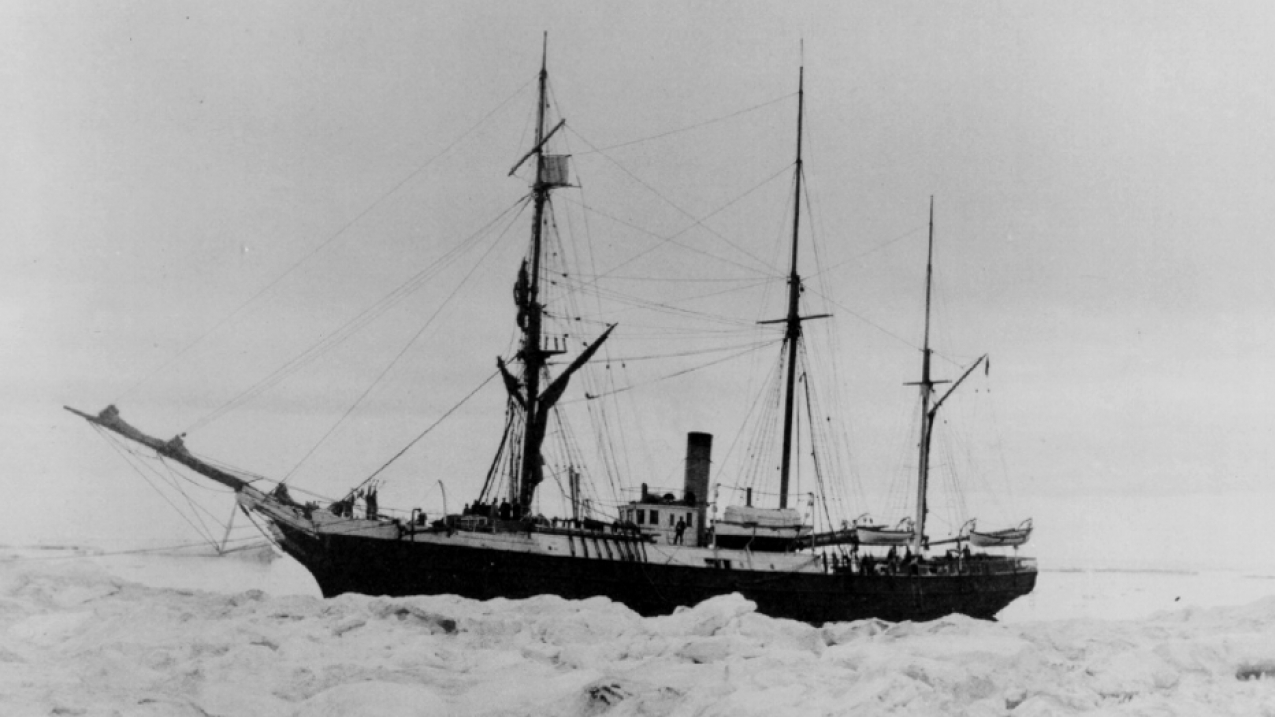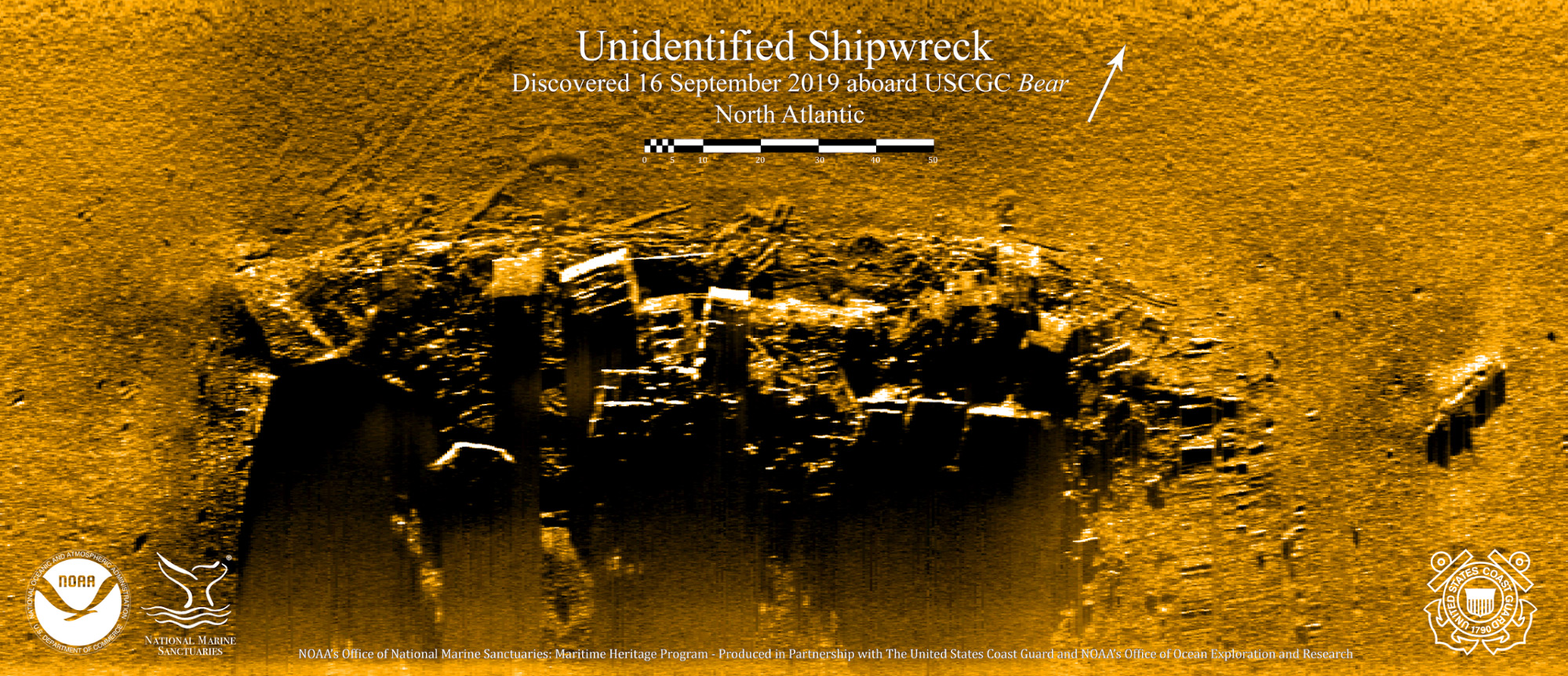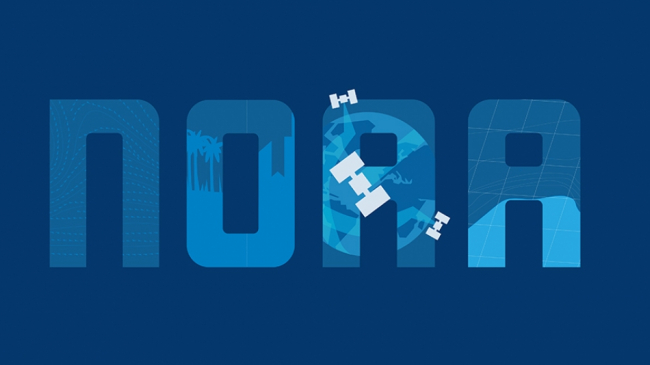
U.S. Revenue Cutter Bear in the Arctic. (Image credit: USCG)
For nearly two decades, a team of researchers from NOAA, U.S. Coast Guard and partnering academic institutions had been on a complex quest to solve the mystery of the storied U.S. Revenue Cutter (USRC) Bear’s final resting place.
Today at a press event in Boston, Rear Adm. Nancy Hann, on behalf of NOAA and the U.S. Coast Guard, announced that the underwater wreck of the Bear, which was lost at sea in 1963, has been found about 90 miles south of Cape Sable, Nova Scotia.

Purchased by the U.S. government in 1884, the Bear is considered one of the most historically significant ships in U.S. and Coast Guard history. The ship was put into service by the U.S. Navy as part of the rescue fleet for the Greely Expedition to the Arctic in 1884, and first came to world-wide acclaim as the vessel that rescued the few survivors of that expedition. The Bear was transferred from the Treasury Department for service in the Arctic in 1885 as a Revenue Cutter, and for 41 years, patrolled the Arctic, saving lives and dispensing justice in the remote and often challenging region.
After its Coast Guard service, Bear was sold to a business owner who planned to turn it into a museum and restaurant on the Philadelphia waterfront. The Bear was lost at sea while it was being towed to its new berth.
In 2019, a team from NOAA Ocean Exploration and NOAA National Marine Sanctuaries’ Maritime Heritage Program, working off the USCG’s medium-endurance cutter Bear (named for USRC Bear), mapped 62 square miles of seabed and found two targets for further exploration. USCG and NOAA researchers returned to sea earlier this year on the USCG’s ocean-going buoy tender Sycamore, this time with an advanced remotely operated vehicle (ROV) equipped with high-resolution underwater video cameras.
Though the operational conditions encountered at the site were challenging, the team was able to collect enough video and still images sufficient to provide the documentation needed to identify the wreck.
Learn more about the Bear from NOAA’s Office of Ocean Exploration and Research.
Media contact
Vernon Smith, vernon.smith@noaa, (240) 638-6447


